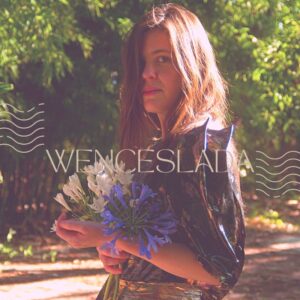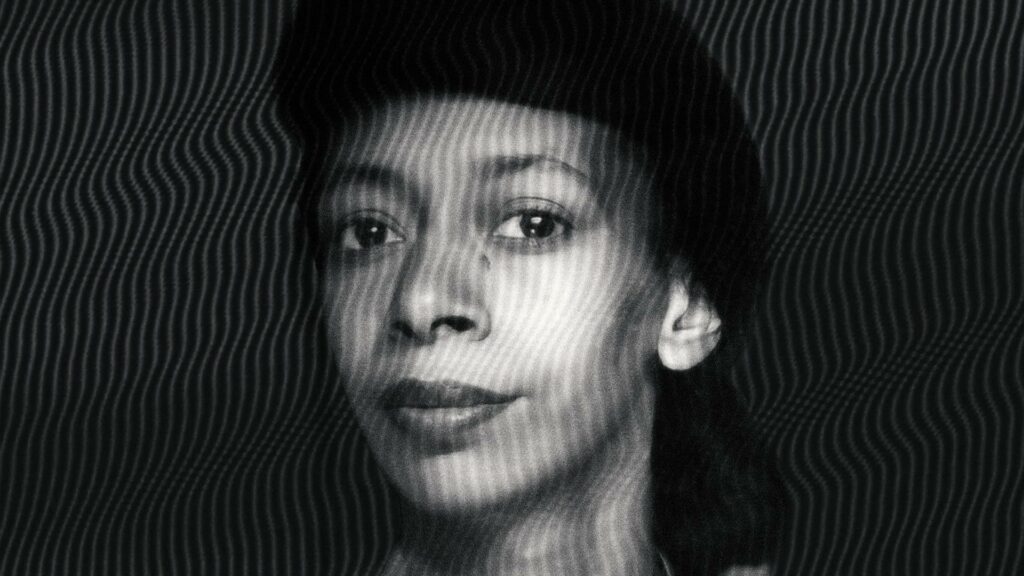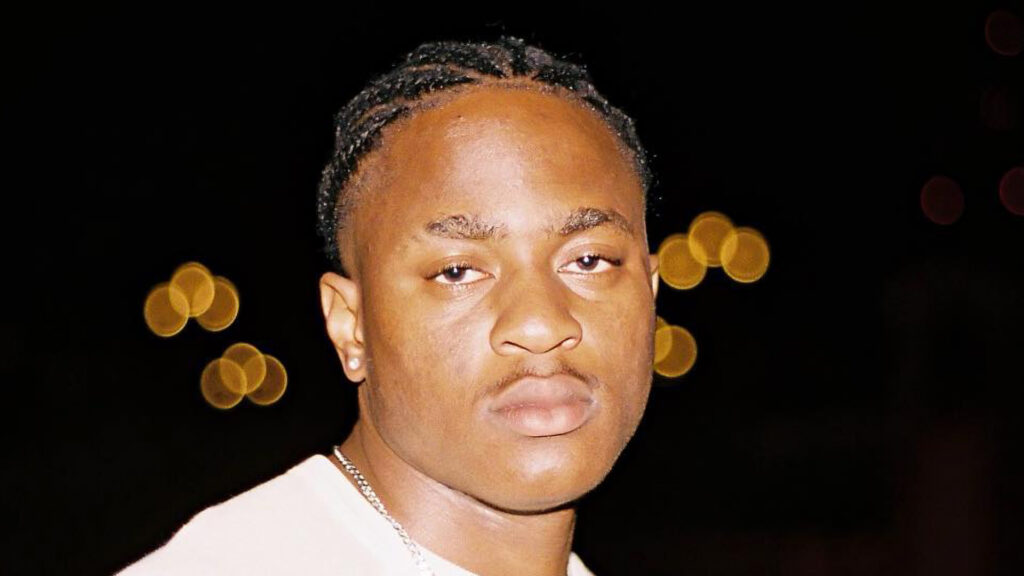Since 2009, the multifaceted artist Wenceslada has been mesmerising audiences by her enchanting abilities to explore the realm of electro-folk through voice, movement, and acting. Utilising the art of vocal and physical improvisation paired with deep introspection has allowed Wenceslada to take audiences on a reflective journey to discover their own creative capabilities. Alongside her talent for music and performance, Wenceslada is a teacher and workshop coordinator at institutions such as the San Martín Cultural Center and the Recoleta Cultural Center. She also coordinates courses at UNAB (National University of Altte, Brown) within the extension area and more workshops at the Municipal House of Cultures in Adrogué. I managed to take five minutes from her busy schedule to delve deeper into her musical experiences, and what makes these so unique.
Can you share a bit about your journey into the electro-folk and native music scene? What drew you to these genres, and how have they influenced your artistic style?
“I think the experience happened very organically, something natural. As a child, I spent entire summers in the countryside and I feel that folklore – being in full contact with nature is what would later become the essence of Wenceslada. The folklore of everyday life was later found in early youth with the discovery of electronic sounds that opened fascinating universes which inspired integration, union.”
Your collaboration with Chancha Vía Circuito for the song ‘Caracol’ has been highly successful. What do you think makes your partnership work so well?
“Music always finds its ways to manifest. I think Chancha via Circuit and Wenceslada met at one time to be a channel for a force that needed to be expressed. I feel that we were both listening and serving that call. It is the great mystery of encounters. Personally, I believe that power emerges from the availability to be at the service of the message, and in that sense, this is the way we linked to the work. When two similar ways of coming into contact occur, I feel that they are manifestations of love.”
You’ve toured across various countries and performed at renowned festivals. Could you tell us about a particularly memorable moment or experience from your time on the road?
“I think the most beautiful thing about having the possibility of traveling doing what I love to do is the bonding processes with people – the way they open up and offer. There is something magical that emerges from being shared from the music and scene. Everything seems simple and everyone is generous, so I love the beings with whom I sing and travel with.”
‘Niebla’ and ‘Niebla Versiones’ showcase your versatility and ability to collaborate with artists from different styles. How do you approach the process of reinventing your music with each collaboration while maintaining its essence?
“It is a challenge. The artists I work with address a sensitivity, which I fully trust. It is always an exercise of trust to let something new be expressed. I love seeing the generosity of the songs. How they transform and at the same time, as you say, continue to preserve their essence. It is a beautiful opportunity to work collaboratively. The aesthetic proposal of ‘Niebla Versiones’ was based mainly on different versions as opposed to what could have been seen as remixes. The concept of versions proposes a compositional field that I feel accompanies that element of ‘conserving the essence’. However, the process is always surprising and challenging, but in a positive way.”
Your recently released album ‘Al Sol’ was highly anticipated. How would you describe the themes or inspirations behind this project?
“‘Al Sol’ is my third full-length album and without a doubt, it is an album that speaks from the heart. It came to fruition after having released ‘Niebla’ and that era of mine where the ‘light is little or the shadow is much’. Creating in the dark is something quite complex. One senses, one feels, one knows, that it is only possible to get out of this space by going through it, that is, by living it. There is loneliness and emptiness, but a possibility to choose. Impulses arise, telling us to ‘see the stars’, and this album encompasses that desire and poetic act. I certainly feel that the songs reflect that rite of passage.”
Your EPs ‘Sara y el Sol’ and ‘AúnAûmÔm’ have intriguing titles. Can you elaborate on the significance of these titles and how they relate to the music within each EP?
“There is something about those names that fascinates me too. ‘Sara y el Sol’ is my first initiatory EP – it was a very young impulse when I realised that I had a bouquet of songs, and together they created a greater force. In ‘AúnAûmÔm’, something wonderful happened. This EP is my second album, and the name Wenceslada is a play of sounds that are triggered in several senses. It is a tribute to my maternal lineage, to my grandmothers Martha Elizabeth and Concepción. It is composed of only two songs, which are dedicated to each of my grandmothers: ‘Violeta’ for my grandmother Concepción who came from Portugal as a girl on a boat alone to Argentine land, and ‘Amarillo’, dedicated to my grandmother Martha of German descent who taught me as a girl the lyrics that create the melody of that song.”
As a singer, actress, and artist, you wear many creative hats. How do you balance these different artistic pursuits, and do you find that they inform each other in any way?
“Yes totally. There is something about the order of transdisciplinary nutrition that happens to me. Each of these facets nourishes the other – they interact and weave crosses. In that sense, they collaborate with one another in the task of creation. When it comes to opening the workspace, that offers me a possibility of performance freedom that I love.”
With your unique voice, you’ve carved out a strong personal character in your music. How do you nurture and maintain authenticity in your artistic expression amidst evolving trends and influences in the music industry?
“In principle, it opens the perspective of the panorama in which a piece of work is done. Asking ourselves what scene and human context we are part of, I feel, is part of creating work, or letting ourselves work openly. The industry often defines which practices will be hegemonic and which will not, so it becomes a big challenge to bet and act out of pure faith. I think that being at the service of doing goes beyond those borders.”
Next story



